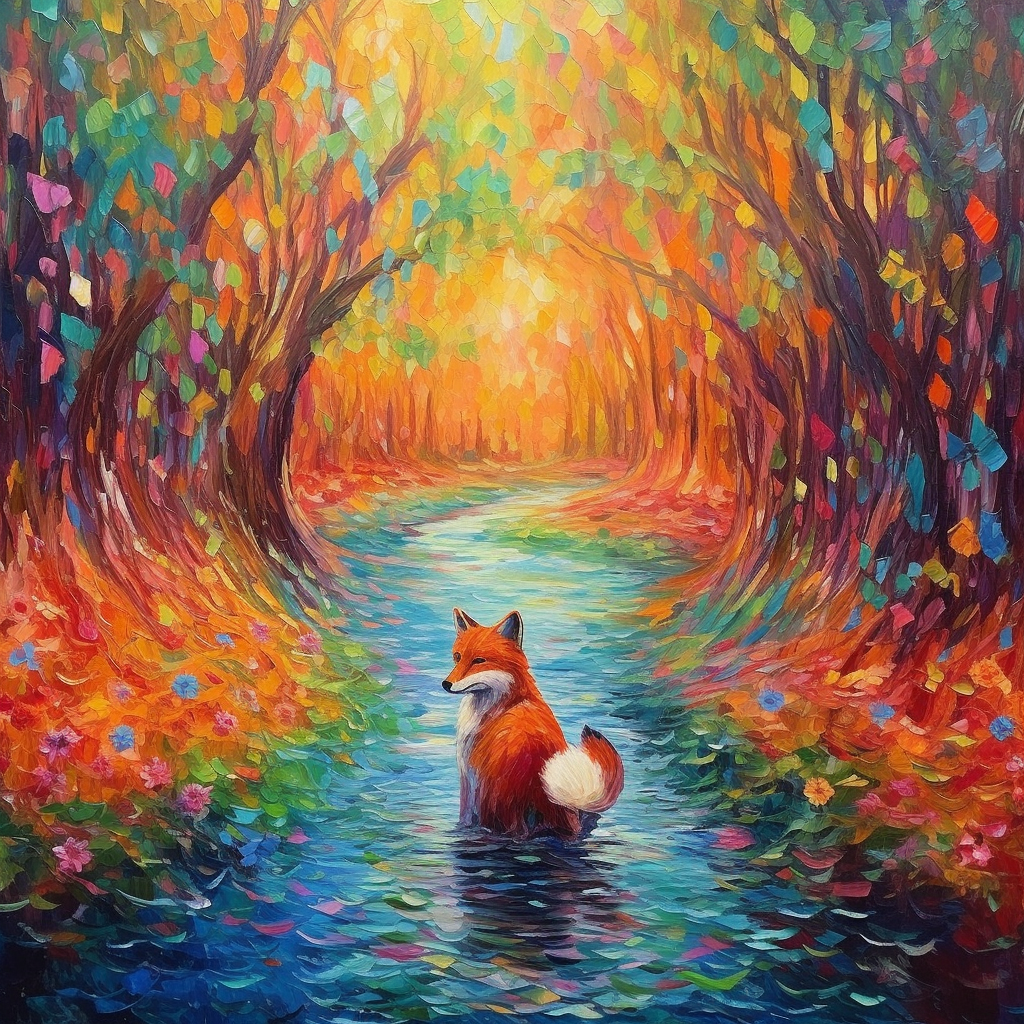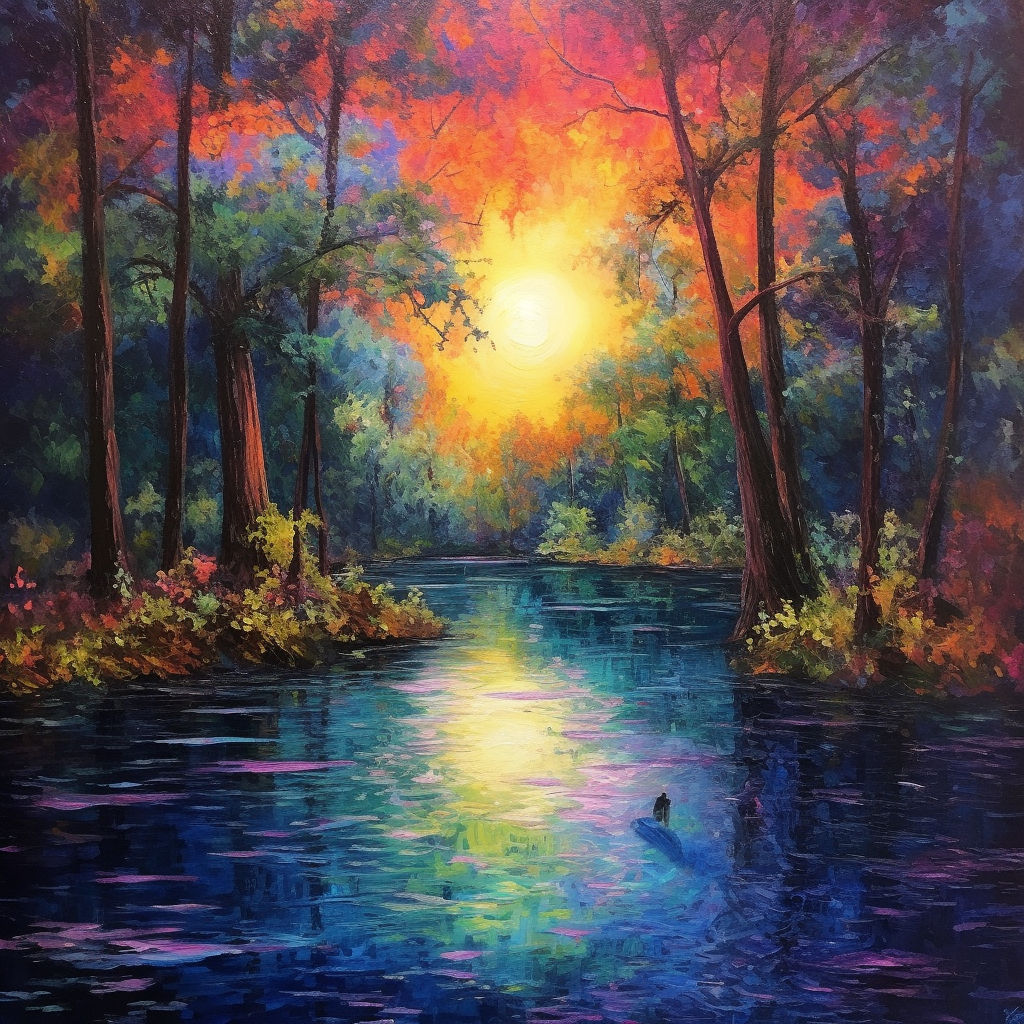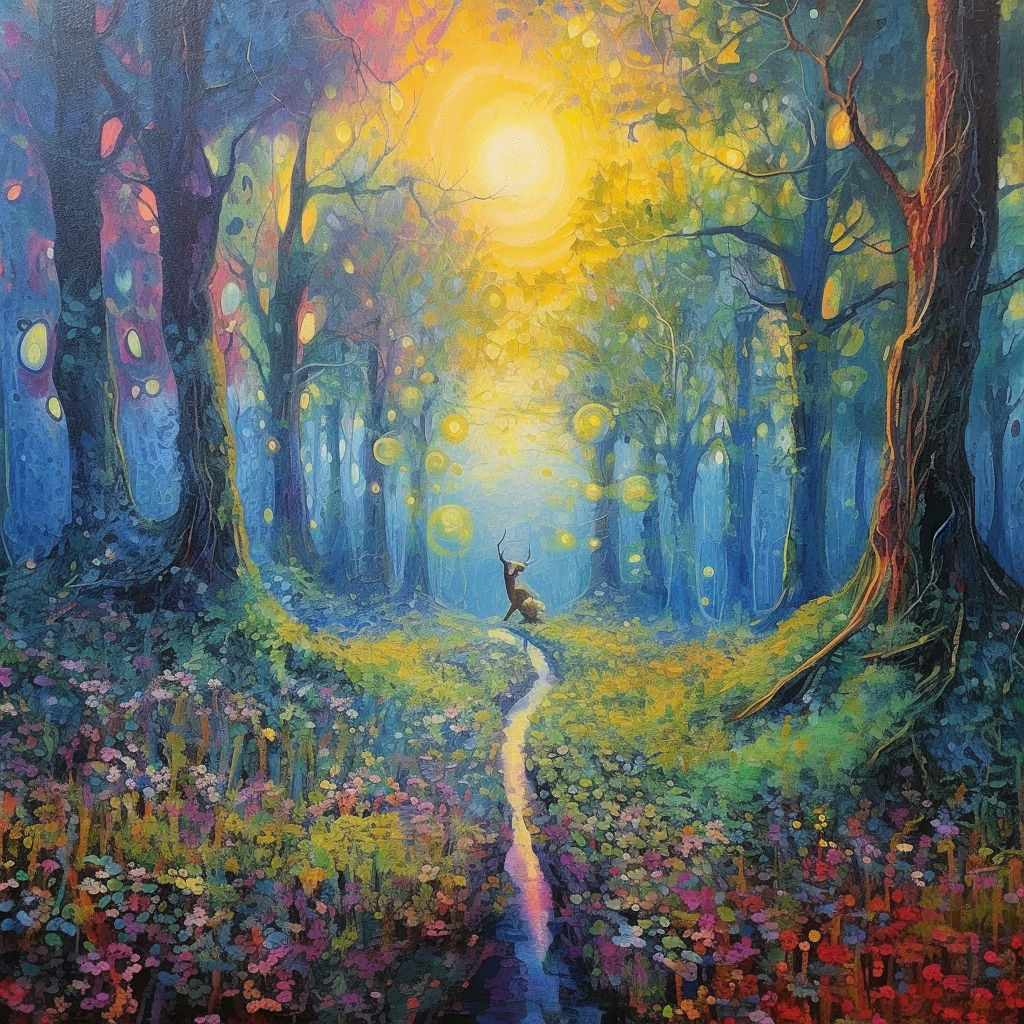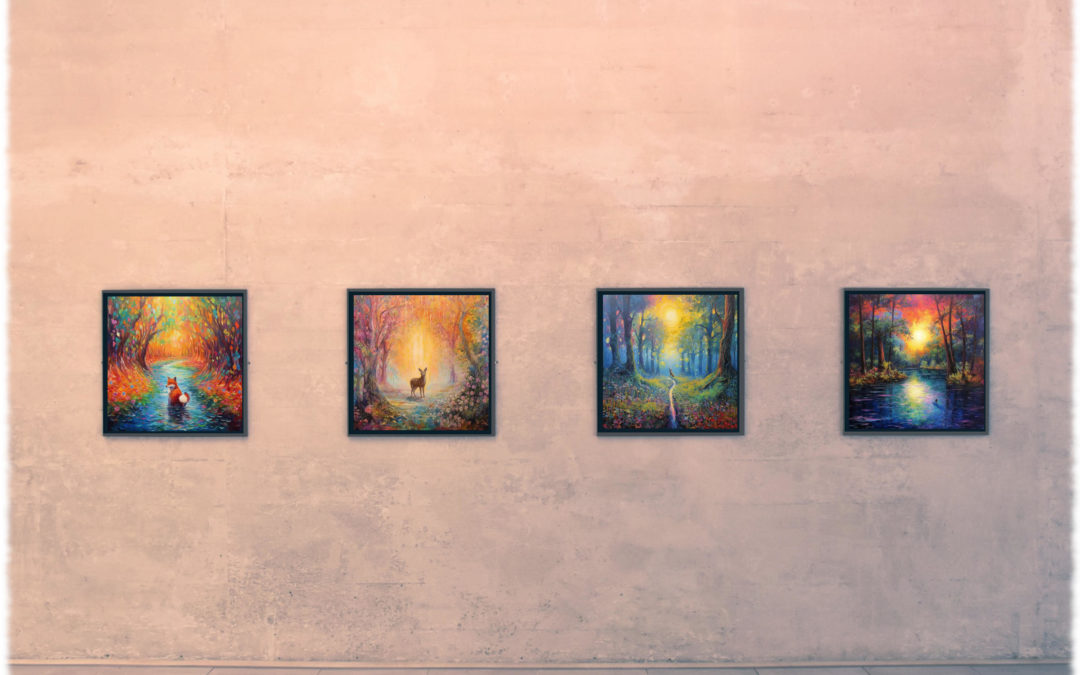In 2009 my friend had attended a shamanic journey workshop in southern Germany and introduced me to the concept of shamanic voyaging and totem or power animals.
From here on, I will refer to “totem animals,” though they are often also called “power animals.”
I still remember the conversation I had back then and how curious I was about what my totem animal would be. One or two years earlier, I had read Philipp Pullman’s “His Dark Materials” books, in which humans have daemons, an extension of the soul or part of the soul that materializes in animal form and is able to communicate. So, when I learned about the existence of a technique that can help us see our totem animal, or “daemons” if you like, I was immediately hooked.
After I hung up the phone, I went straight to my computer and researched the meanings of animals I thought could be my totem.
But let’s take one step back and ask ourselves: What is a totem animal and why is it of any relevance to our lives, whether we know it or not?
As in Philipp Pullman’s story, a totem animal represents a part of us or a potential that shows itself in animal form. There are probably many more ways in which these aspects can be seen. A totem animal’s task is to mirror back a higher self or guardian that knows what to do when the self is unable to make sense of it all. It is the inner voice that tells us that maybe this isn’t such a good idea, etc.

It is important to emphasize that these aspects could also show themselves in many other forms – for example, a role model, a deceased relative or friend, a sage, a saint, or anything that gives you the chance to take advice from a “higher” authority.
The totems themselves offer the advantage of highlighting certain aspects that we can use to work with potential and see where challenges lie.
I think an example will make it easier to understand. Let’s take a look at my totem: the eagle. If you set aside all the interpretations from the Native American teachings (which I also look at), the eagle is still many things upon which we can all agree. It is a bird, an animal of prey. Instead of living in a pack or being a gregarious animal, it remains either by itself or (when rearing offspring) with a mate.
There is much more one can learn from the way of the eagle by observing its behavior, strengths, and weaknesses: How does it hunt, how (much) does it eat, where does it build its shelter or nest, and so forth. Who are its rivals in its territory and how does it defend itself against larger animals?
If deciphered correctly, all this information will help a person understand in which situations they will be able to prevail or succeed and which scenarios are likely to be more difficult.
So, to learn exciting things about your totem animal, you will dive into that animal’s realm to observe it and its environment.

The answer everyone is keen to hear is how one can get to know their totem animal. Once again, there are countless ways of finding one’s totem. I found mine with the help of a technique that can be compared roughly to meditation. A shamanic journey is basically closing one’s eyes and, with the help of a rattle or drum, slipping away into an in-between state. The person who is journeying is aware of their surroundings and often feels their body lying on the ground. So, in comparison to a dream, there is full awareness and one can exit the situation. I never felt it was necessary to do so because the subconscious is wise in letting you experience only what is necessary or right at the edge of one’s comfort zone. Again, it is the edge of the comfort zone where our horizon expands and where we are able to grow and transcend the known.
It is the place to which we travel or the concept that the tasks we execute take place in, a kind of reality. In the past, this realm has been called “non-ordinary reality.”
I will devote more blog posts to that topic. However, what we need to know right now is that it is one kind of reality. It is the same (or a similar) reality that we visit during our sleep, in our dreams. Most importantly, it is as real as the reality the average person would describe as “reality.” We can access non-ordinary reality in different ways. A shamanic journey is one of them.
Finding my totem animal was among the first assignments I received, and to this day remains one of the happiest moments of my life.
To meet our totems, we must first arrive in non-ordinary reality and familiarize ourselves with the feel and ways of seeing. There is no right or wrong. Some people have very vivid visual experiences, while others see nothing and are guided by their feelings.
The first thing I usually do after a relaxation phase and arriving in non-ordinary reality is to seek my totems and feed them, or ask them what else they need.
If you are on your quest to find your totem, you will be looking for anything that leads down into the earth: a hollow tree trunk, a rabbit hole, a hidden staircase…the possibilities are endless.
Once you have found this point of descent, follow it until you get to a lair or space underground. Call out and ask for the totem to present itself to you. Then wait until something happens.
To keep this article short, I’ll say only that different scenarios are possible.
You find your totem by asking whatever showed itself: “Are you my totem animal?”
If the answer is yes, you thank it for showing itself and then ask two vital questions.
1) Is there something you need (from me)?
2) Do you have something for me?

If animals show themselves but answer that they are not your totem, you will do exactly the same thing. Thank the animal for its presence. (Everything means something during a shamanic journey and nothing is bad or wrong.)
The only difference is that once the “visitor” animal has left (and inevitably it will leave because you did call for your totem), you will wait again for your totem to show up.
I sat in circles in which people related their experiences meeting half a zoo and talking with every animal in the above-described way until they found their totem. Don’t be discouraged, I’ll say it once more: There is nothing that can be done incorrectly, and there is no chance that you are the only person who doesn’t have a totem.
The other scenario is that you don’t see, feel, or hear anything. I was taught early on that if this happens, all I had to do was breathe.
I didn’t fully understand this until years later. So, my sincere advice is that if you feel blocked in any way, take deep breaths and stay in the moment.
If you are experiencing this nothingness or blockage, you are unconsciously fighting the appearance of these so-called images or visual experiences. All one has to do is breathe deeply and let go. Even if I get anxious and think I will fail my task, breathing will do the trick in less than two minutes. The energy will shift and things will start to happen, even if “only” in the body.
Usually, the person who is rattling or drumming in the room will give you a callback. So, everyone gets a reminder that the time is up. That call back is important for making oneself ready to return to one’s body. If you’ve experienced what I just described, you will probably have forgotten about your body lying somewhere in a room. You will have time to thank your totem and say that you will return soon. Slowly come back to your body. Feel your legs, arms, and back and start moving your fingers and toes.
I hope you can use this advice. If you have questions, please get in touch.
Aloha

